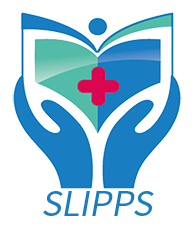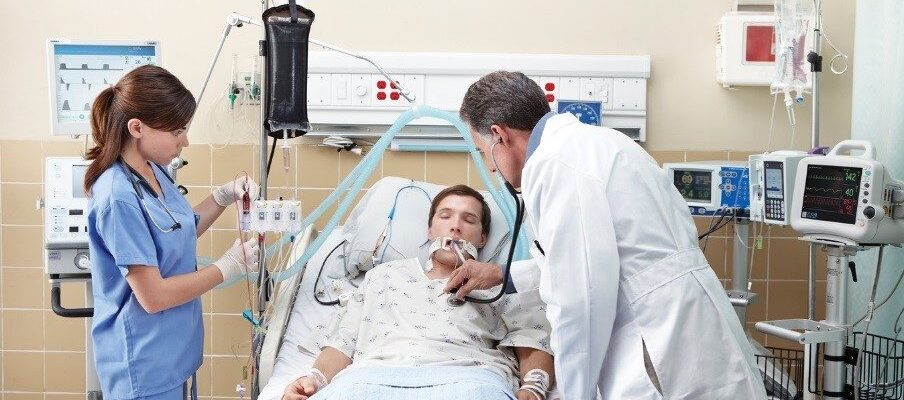02 Dec
2017
Action after adverse events – the second victims need help too
Patient safety incidents are common in healthcare even that patient safety has been a priority for many years in healthcare. It is estimated that every tenth patient faces harm during their care. This means huge amount of human suffering, financial lost, and unfavorable impact on effectiveness of healthcare services. The harm is not restricted just to the patients and their families, the first victims of adverse events. The harm reaches also the second victims. Who are they? And how do they suffer? The second victims can be described as healthcare staff members, providers, doctors, nurses, physiotherapists, pharmacists, and many others – actually anyone who has affected by an adverse event. So healthcare students, if and when they witness or cause harm for a patient, are second victims too ...
09 Nov
2017
Patient safety culture in nursing homes
The Norwegian group involved in the development of SLIPPS is also involved in a research project on patient safety culture in Norwegian nursing homes. The patient safety culture in Norwegian hospitals is being investigated with a major national survey each year. The patient safety culture in Norwegian nursing homes is to a much lesser degree, systematically investigated. In this project, we investigate the patient safety culture in all nursing homes of the municipality of Fredrikstad. The survey is distributed to all 1,000 employees in the business. Patient safety culture in nursing home – A “temperature measurement” of patient safety culture in nursing home in Fredrikstad The aim: mapping of patient safety culture in nursing homes in Fredrikstad Research questions focus ...
27 Sep
2017
Helping teachers to identify meaningful learning experiences
Clinical placements allow students to enhance their learning and enable them to develop appropriate professional skills and attitudes. Similarly, students reflections obtained about clinical placements can help teachers and other faculty staff i) to understand the gaps between academia and industry; ii) as tools to explore alternative ways of thinking, and iii) as prompts to improve their own skills and future learning materials. Currently it is the norm for such reflections to be either handwritten or submitted electronically through email or online portals. All current ways of submitting reflections to faculty serve mainly for acquiring knowledge, however teachers and faculty may still miss the insights and relevant topics within reflections and thus miss opportunities to improve their f ...
08 Sep
2017
Culture of Safety
Safety culture is defined as shared values, attitudes and patterns of behaviors among individuals or within groups of an organization (Halligan et al., 2011) in which implies organization’s safety programme. No doubt that safety culture is a necessity for any health care organization to optimize its safety and deliver a good and safe care to its patients. The question is how can organizations improve their safety culture. A safety culture consists of three main pillars including trust, report and improvement (Tsao et al., 2015). Although keeping a high level of each pillar is a constant challenge, it does contribute to patient safety improvement. The SLIPPS project aims to work across these components of safety culture by trusting student’s observations and motivating them to describe and ...
19 Jul
2017
Understanding and addressing missed care in clinical placements — Implications for nursing students and nurse educators
Nurses and nursing students need to become more familiar with analysing what do when they experience the discomfort of inner conflict (dissonance) that comes with omitting a care activity while knowing that this is inconsistent with nursing values. If they reflect critically and restore their care in an optimal way they will feel better and they should therefore be highly motivated to follow this pathway. However, if care levels cannot be restored easily, the inner conflict tends to be reduced by justifications, excuses, denial, trivialisation and seeking distraction. If this becomes common practice, missed care becomes endemic. By recognising this principle it becomes possible to avoid the pitfall. Thus, all health care staff, nurses, nursing students, educators and health care organisati ...
24 Apr
2017
Medication without harm
WHO’s Third Global Patient Safety Challenge on “Medication without harm” took place in Germany last 29 March 2017. There, around of 300 professionals from 40 countries discussed patient safety concepts in 6 different workshops: “Economy and Efficiency of Patient Safety”, “Global Patient Safety –perspectives from low-and middle-income Countries”, “Patient Safety and mHealth, Big Data, and Handheld Devices”, “Prevention and Control of Infectious Diseases”, “Increased Safety of Diagnostics and Treatment-Checklists and Other Tools”, and “Safety of Medication Therapy” (Federal Ministry of Health, 2017). At this last workshop, WHO presented their global launch that has as an aim to “archive widespread engagement and commitment from WHO Member States and professional bodies around the world to re ...
09 Mar
2017
Patient safety and environment
How far does the environment of care affect patient safety? And I don’t just mean is it clean! Discussions with UK colleagues over recent days about nursing in critical care units, in A&E, and in care homes have highlighted for me what seems to be a gap in our thinking about patient safety as it is viewed and understood by researchers and policy makers. Search for patient safety and environment of care and you first find reports relating to the physical environment. The Royal College of Nursing in the UK (2015)[1] report that ‘one of the most longstanding concerns associated with the patient environment is its potential role in the transmission of infection.’ The physical environment is particularly identified as linked in a variety of ways to the transmission of Hospital Acquired Infe ...

